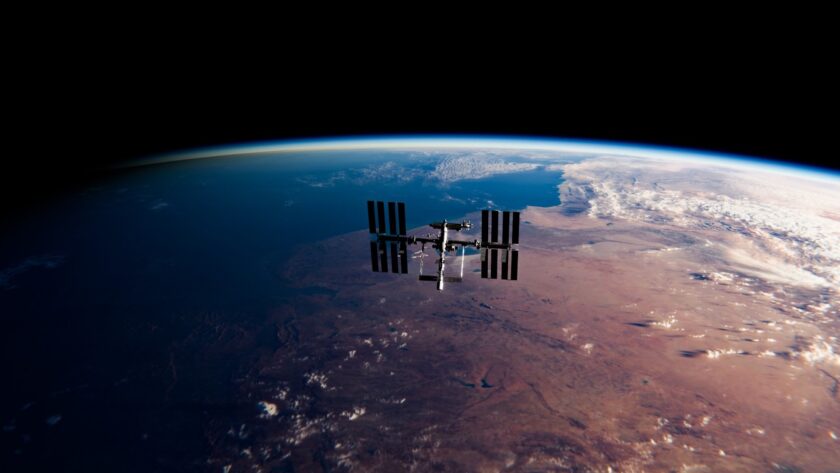Drawing on data from satellites, artificial intelligence and machine learning, a new project supported by former US VP Al Gore is set to give transparency to global levels of carbon emissions.
According to the new organisation – Climate Trace – scientists have been able to estimate how much carbon dioxide is in the Earth’s atmosphere for decades, but the information those estimates are based on is often outdated and incomplete. And there is little information to shed light on exactly where and when emissions are being released, which makes it challenging to set actionable goals to reduce them and to track global progress towards reducing them.
Climate Trace was founded to trace and analyse emissions information comprehensively across all countries and major emitting industries.
“As the old cliche has it, you can only manage what you can measure,” Gore told Reuters in an interview this week, ahead of the release of the first report of the project.
The data collected by Climate Trace will record fossil fuel producers’ previously unrecorded greenhouse gas emissions along with the growing pollution from sources like shipping – estimated to be growing by 10 per cent annually since 2018 – and aviation.

Climate Trace will analyse more than 59 trillion bytes of data from more than 300 satellites, 11,000 sensors, and numerous additional sources of emissions information from all over the world.
Gore predicts the advent of Climate Trace will enable a new era of “radical transparency” to help facilitate concrete action towards climate action.
Launching ahead of the COP26 global climate conference in Glasgow in October the data from Climate Trace will hopefully fuel fresh impetus among governments around the world to address carbon emissions.
“Until now, most emissions inventories have been based on self-reported, often years-late data that relied on rough estimates, opaque methods, and inaccessible reportings,” explains Climate Trace. “Government officials, scientists, investors, executives, and activists need better data to support the creation of policies aimed at limiting global temperature rise to 1.5°C as agreed to under the Paris Climate Agreement.”
Climate Trace was founded with the assistance of a Google.org grant that funded the measurement of power plant emissions from space. Partners in the venture include Planet Labs, Nasa and the Japan Aerospace Exploratory Agency, geospatial data company Blue Sky Analytics, research entity CarbonPlan, and the Johns Hopkins Applied Physics Laboratory.
Main image: Climate Trace.



